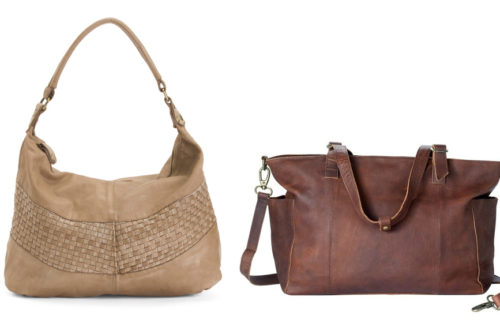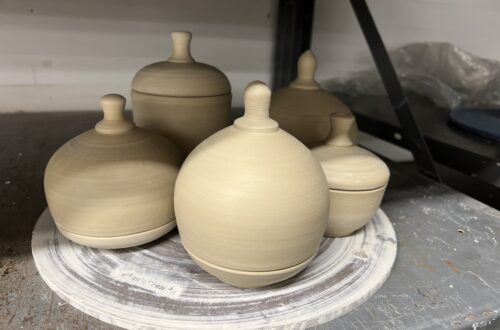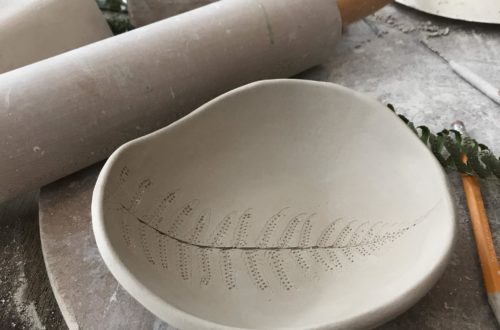Curious George Teaches Kids to Garden
I’m now into my second decade of watching Curious George on PBS Kids. My kids (10 & 13) are definitely out of the target age bracket, but we still have it going on the tv now and then. We have memorized most the episodes. We sometimes laugh as we try repeating “George speak”, and I secretly wish I were the voice actor for Curious George. I would be so good at it. This probably isn’t normal, maybe even a little strange, but we are in a global pandemic, and Curious George is like comfort food to us.
As I reflect on this decade of watching George bumble through lessons about science, my favorite episodes are the ones in which George learns to compost, plant seeds, and care for livestock. That episode where he and Allie try to contain the goats at the Rankin’s farm gets me every time. In undergrad, Joe and I both worked at the NCSU Water Quality Group and had a few fun attempts at trying to corral a herd of kudzu eating goats on Centennial Campus.
By far, my favorite moment is in the episode “The Perfect Carrot” when George pulls up carrots too soon and replants them. Who hasn’t done this, right? Well when he pulls up the carrot that looks like a pair of pants, I die.
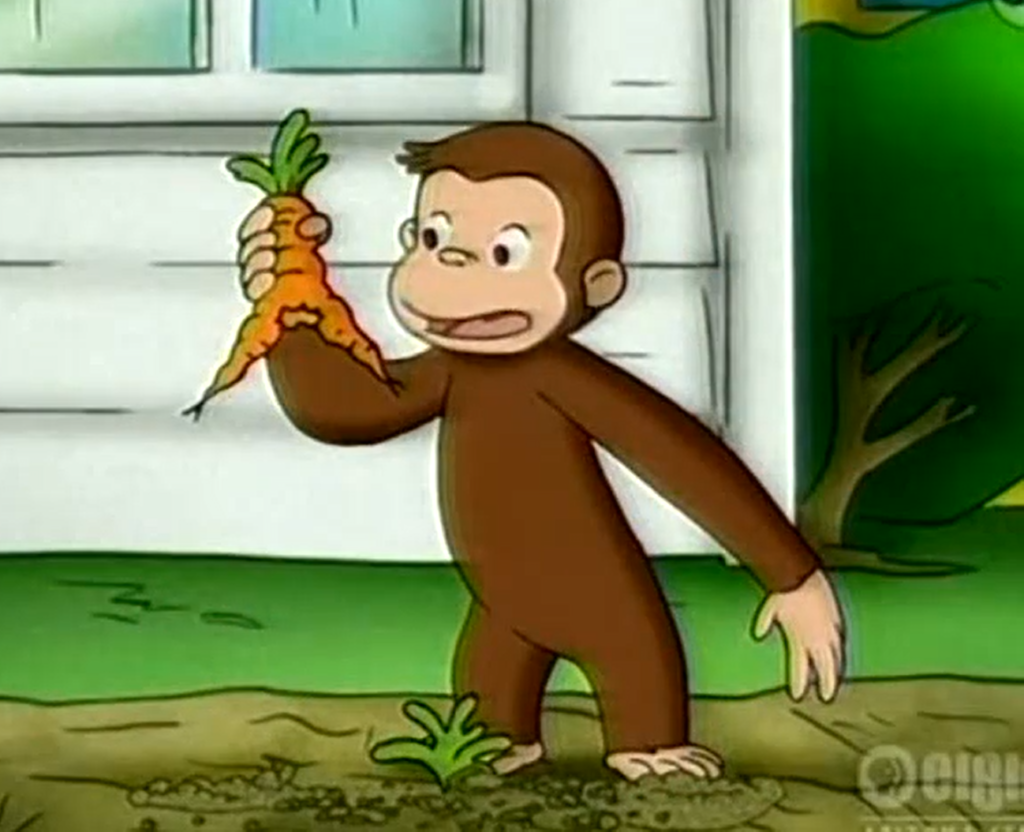
One of the great hidden messages in Curious George, is that you can garden anywhere. The show splits its time between George’s and The Man with the Yellow Hat’s NYC apartment and their place in the countryside. In NYC, George learns lessons while helping Chef Pisghetti on his rooftop garden and creating a happier environment for Pisghetti’s poor, sleep-deprived urban chickens. In the countryside, he learns about patience while waiting for the veggies grow, managing Jumpy the Squirrel, making apple cider, and an abundance of other farm lessons.
In the spirit of growing curious, I’d like to share a fun seed germination experiment we did in our house. We tested the effects of light, temperature, and moisture. I didn’t run a statistical analysis on the results, because it was only a fourth grade science project, and I suggest you focus on one or two variables than three.
Hypothesis
Seeds will germinate more quickly in room temperature with sunlight and more moisture.
Procedure
We chose four locations: 1) a sunny window (bright sun and room temp), 2) above the fridge (ambient light and room temp), 3) inside the fridge (no light and cold temp), and 4) inside a drawer (no light and room temp).
We filled 12 ziplock bags with a folded paper towel and 10 bean seeds.
In three bags, we added 1 ml water and labeled them.
In three bags we added 10 ml water and labeled them.
In three bags, we added 20 ml water and labeled them.
We then placed one bag of each moisture in each of the four locations.
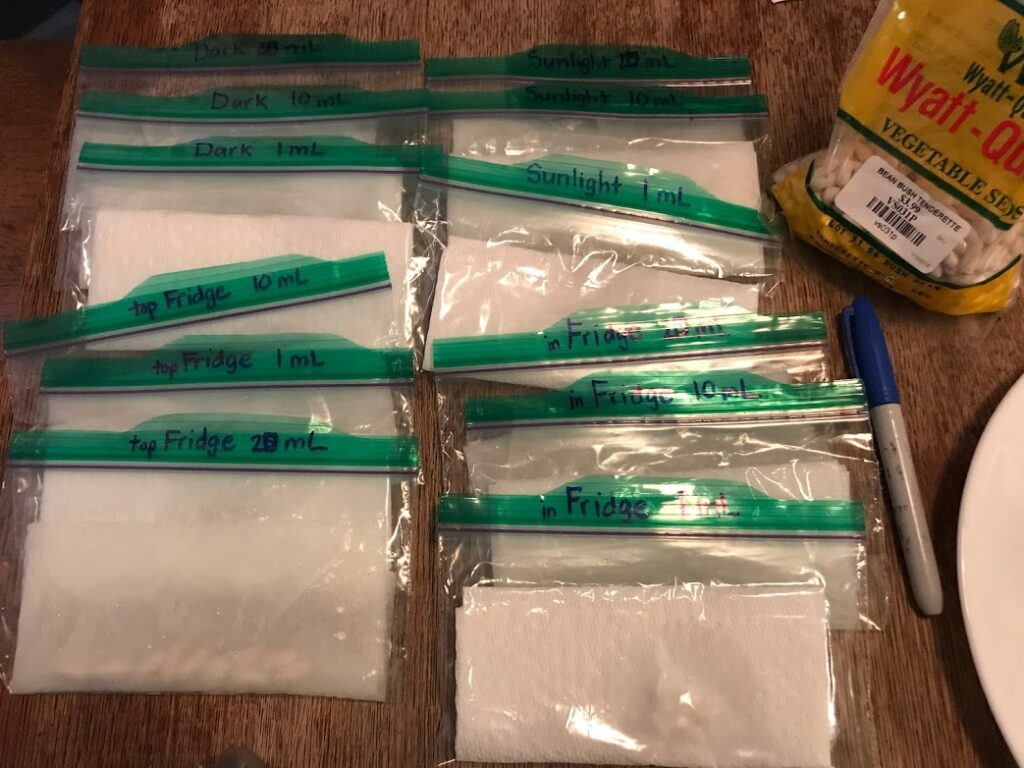
Every day at the same time, we noted any change in the seeds and recorded the number germinated.
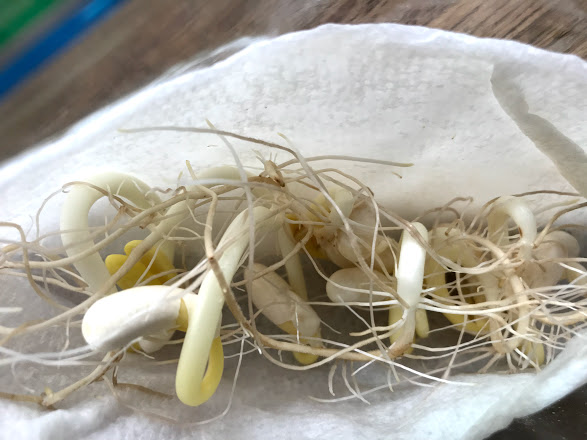
I’m not going to give away the results; I’ll leave that to your kids! Once they have germinated, you can plant them out in your garden and watch them grow.
